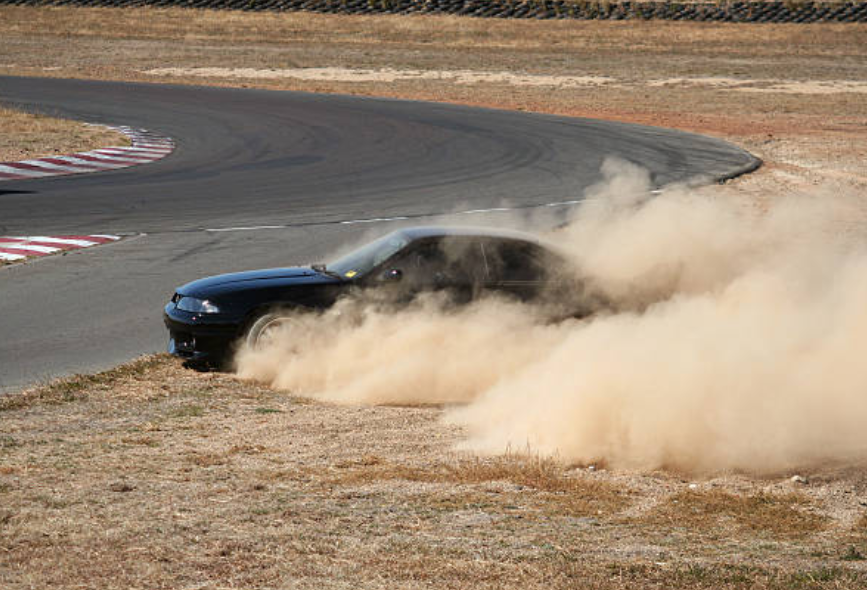What is Oversteer?
Within the automotive realm, 'oversteer' refers to a specific behavior exhibited by a vehicle while navigating a corner. But what precisely does this term entail, and in what scenarios might it manifest? We will thoroughly explore the intricacies of oversteer.

Understanding Oversteer
Oversteer, a prominent occurrence in the automotive domain, takes place when a vehicle turns more sharply than the driver originally intended. This tendency is commonly associated with rear-wheel drive vehicles, where the rear tires lose traction while the front tires retain their grip on the road. The outcome is a distinctive motion wherein the rear end of the car swings outward during a turn.
This event is visually recognizable as a deviation from the planned trajectory, imparting a sense that the car is steering more aggressively than directed by the driver. As we explore the nuances of oversteer, it becomes apparent that comprehending this phenomenon is essential for drivers, especially those piloting rear-wheel drive vehicles, to negotiate corners safely and efficiently.

Oversteer, characterized by the rear end of a vehicle swinging outward during a turn, can be caused by various factors. Excessive speed in corners, worn or incorrectly inflated tires, aggressive driving techniques such as abrupt steering or braking, and a rear-weighted vehicle configuration all contribute to the occurrence of oversteer. Recognizing these factors is crucial for drivers to anticipate and manage oversteer effectively, ensuring safe and controlled handling during dynamic driving scenarios.

Dealing oversteer can be challenging, particularly for novice drivers. Consider the following tips:
- Stay Calm: Avoid panicking and making abrupt maneuvers, as this can worsen the situation.
- Gradual Throttle Release: Ease off the accelerator gently to regain control and stability.
- Steer into the Slide: While it may seem counterintuitive, turning the wheel in the direction of the rear slide can assist in correcting oversteer.
-
Can weather conditions contribute to oversteer?
Yes, slippery or wet road conditions can increase the likelihood of oversteer. Reduced tire grip on wet surfaces may lead to loss of traction and potential oversteer.
-
Is oversteer more common in certain driving scenarios?
Oversteer is more likely to occur during sharp turns, high-speed maneuvers, or when drivers navigate challenging road conditions.
Read another review here: The 10 Best Cargo Nets For Trucks











